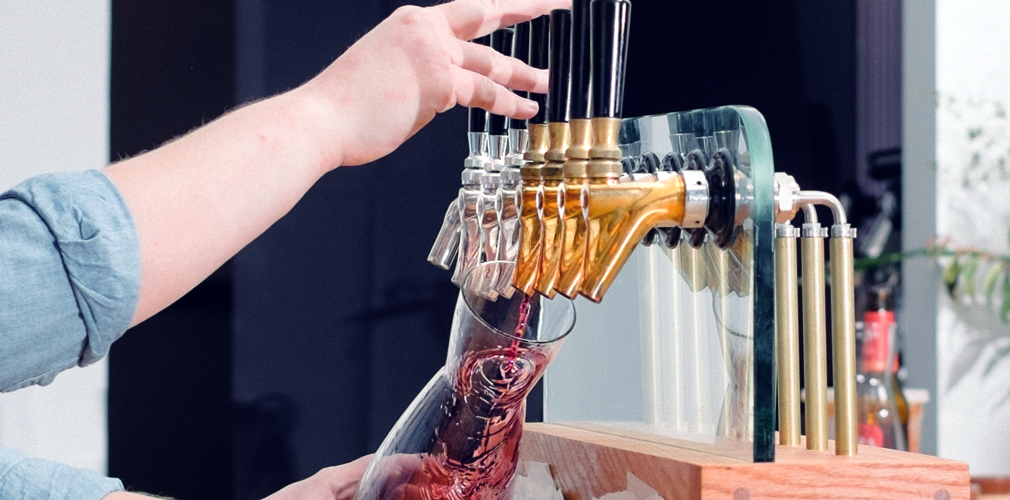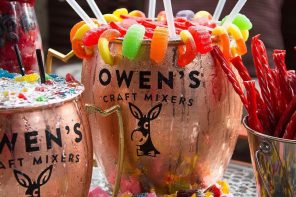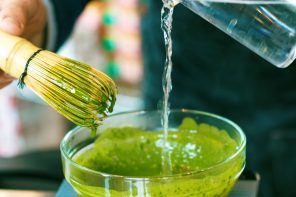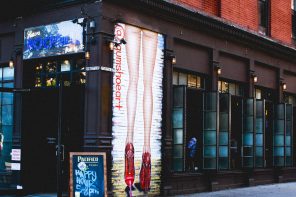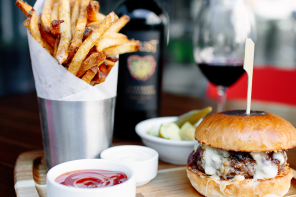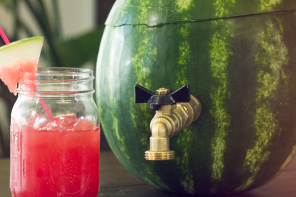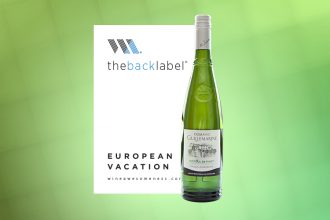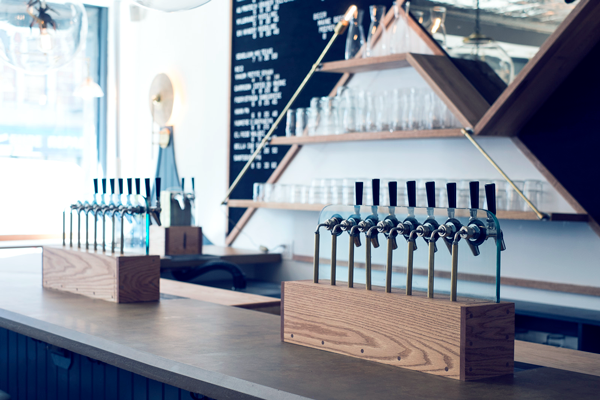
Photo by Michael Groth
When asked about the benefits of running a bar that exclusively serves keg wine, Nora O’Malley, co-owner and wine director of Lois in Manhattan’s Alphabet City, says there are almost too many to list. It’s much more affordable and eco-friendly, lowers the possibility of wine being tainted and allows for easier sampling. But when asked about the challenges, she says it comes down to one thing: perception.
“A lot of people are understandably still skeptical about wine poured from the tap,” says Nora. “One of our favorite things to say is ‘OK, you have a right to your opinion, we have a right to change it.’ And we always do.”
Keg wine has become increasingly popular in recent years. It’s poured in places ranging from California Pizza Kitchen to The Ritz-Carlton. Restaurateurs and winemakers alike are coming to realize that, much like the old screw cap versus cork debate, wine poured from the keg should be taken seriously.
For Jessica Brown, wine director at The Breslin, keg wine is the solution to the overwhelming amount of rosé she pours year-round.
“We sell more rosé than anything else in the building, so we go through a crazy number of kegs of it per week,” Jessica explains. “It’s also so much more affordable without the bottles and the labels.”
Like beer, wine poured into a keg is air-sealed. According to Nora, this can mean two things. The first is that the wine will taste exactly as it did when it left the winery — in contrast to bottled wine which can change (for better or worse) over time. The second is that there is no risk of the wine becoming corked or tainted.
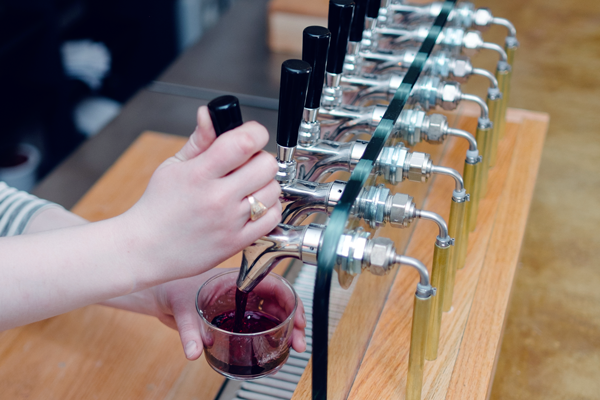
Photo by Michael Groth
Unlike beer, wine tap systems are designed differently. Plus the wine needs to be poured with just the right gas and at exactly the right pressure.
“If the pressure is too high the wine becomes muted and dull, defeating the purpose altogether,” says Nora.
At Lois, there are 16 rotating wines on tap (eight reds, seven whites and one rosé), plus one beer and one cider, at all times. Prices vary depending on what size pour you’re looking for. You can order from a single glass up to a perfect-for-a-group 1L carafe. A standard 150 ml glass will run you somewhere between $5 and $12, and as Nora points out, “because everything is on tap you can try every wine before you order.”
Some may still argue that taps take some of the personality out of wine, as you lose the experience of actually getting to hold and examine a bottle yourself. But before you go on thinking you’re a cork-and-bottle traditionalist, just know that keg wine is on the rise. Who knows, you may have already had a glass and not even known it.

